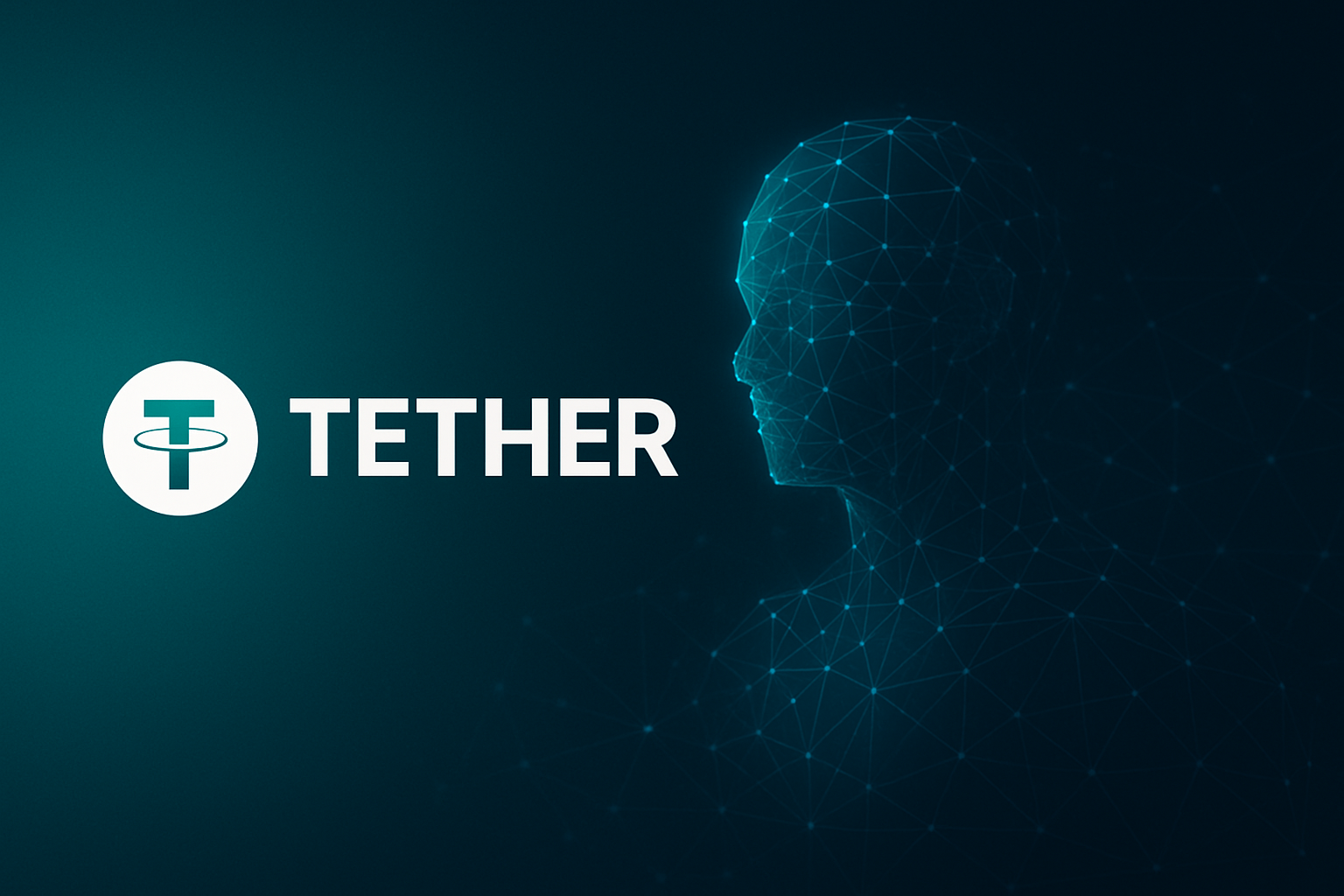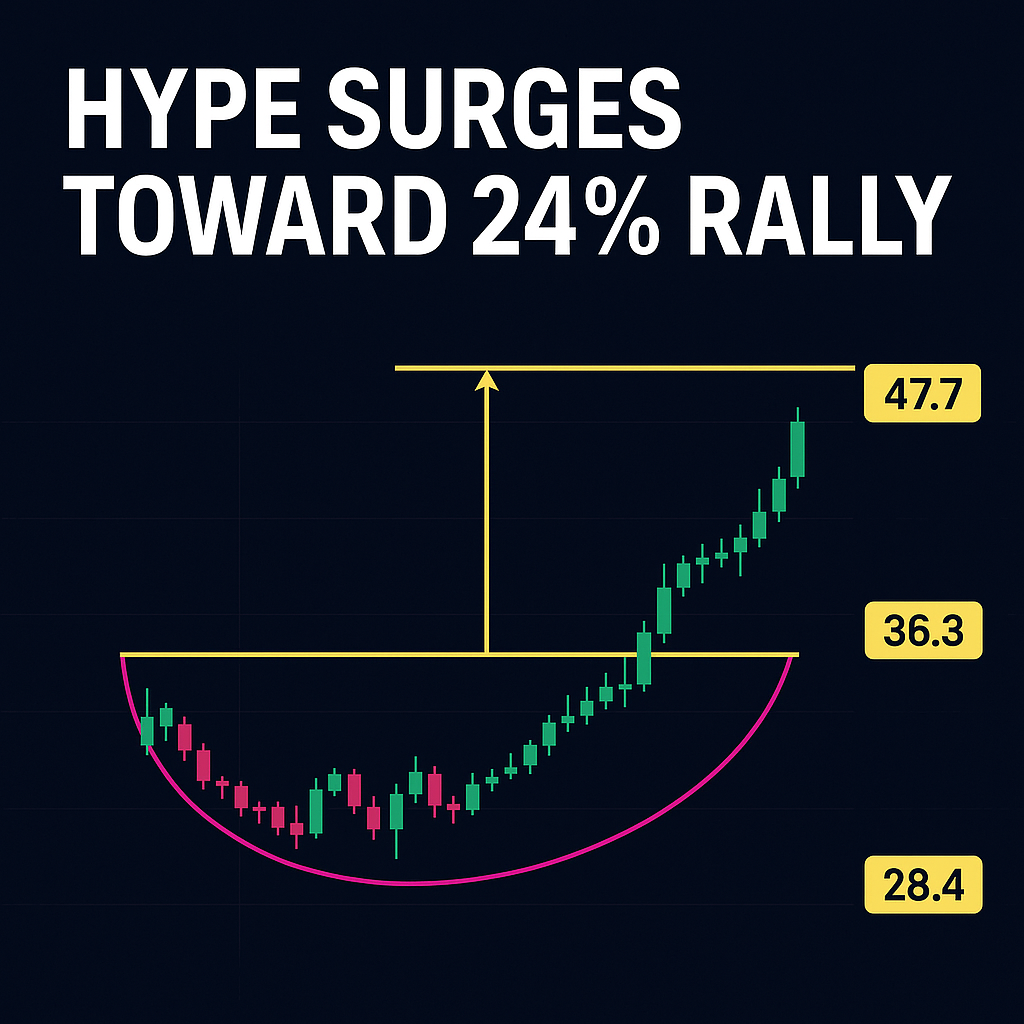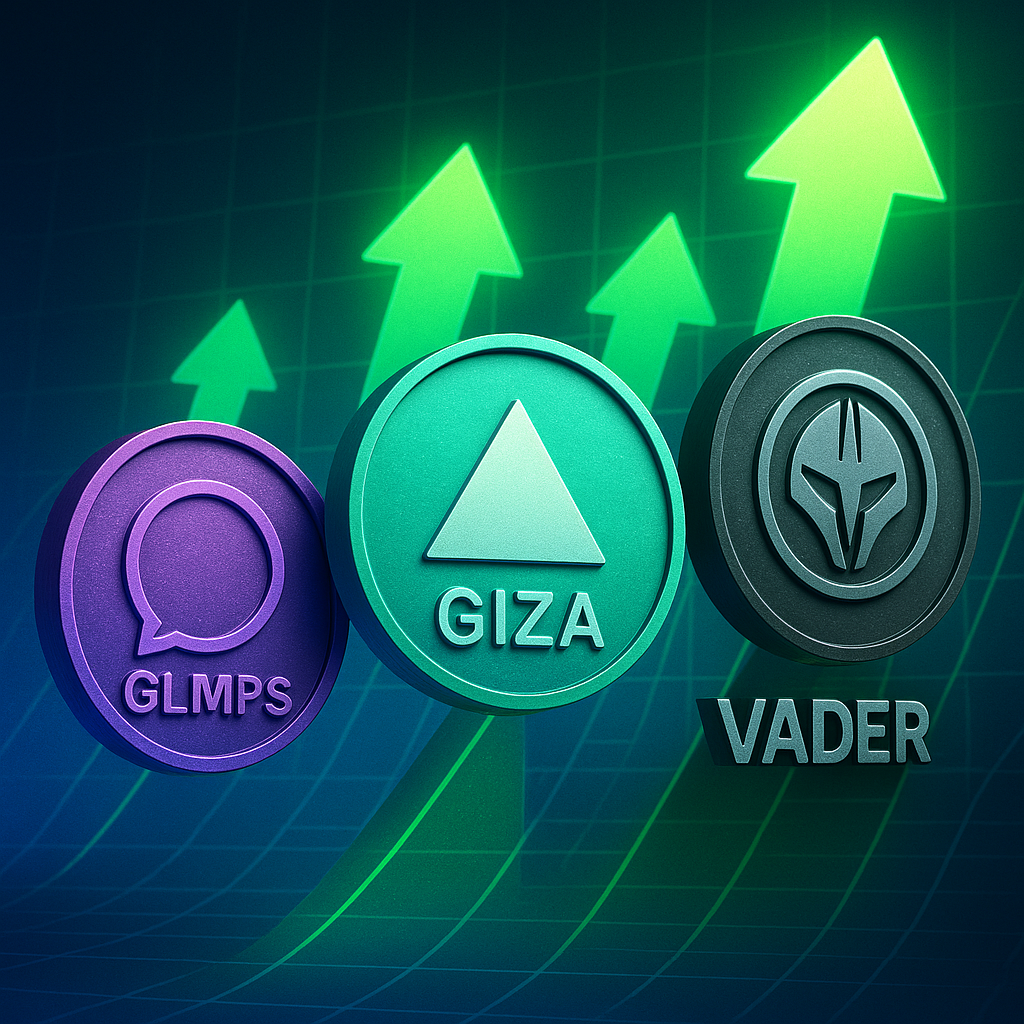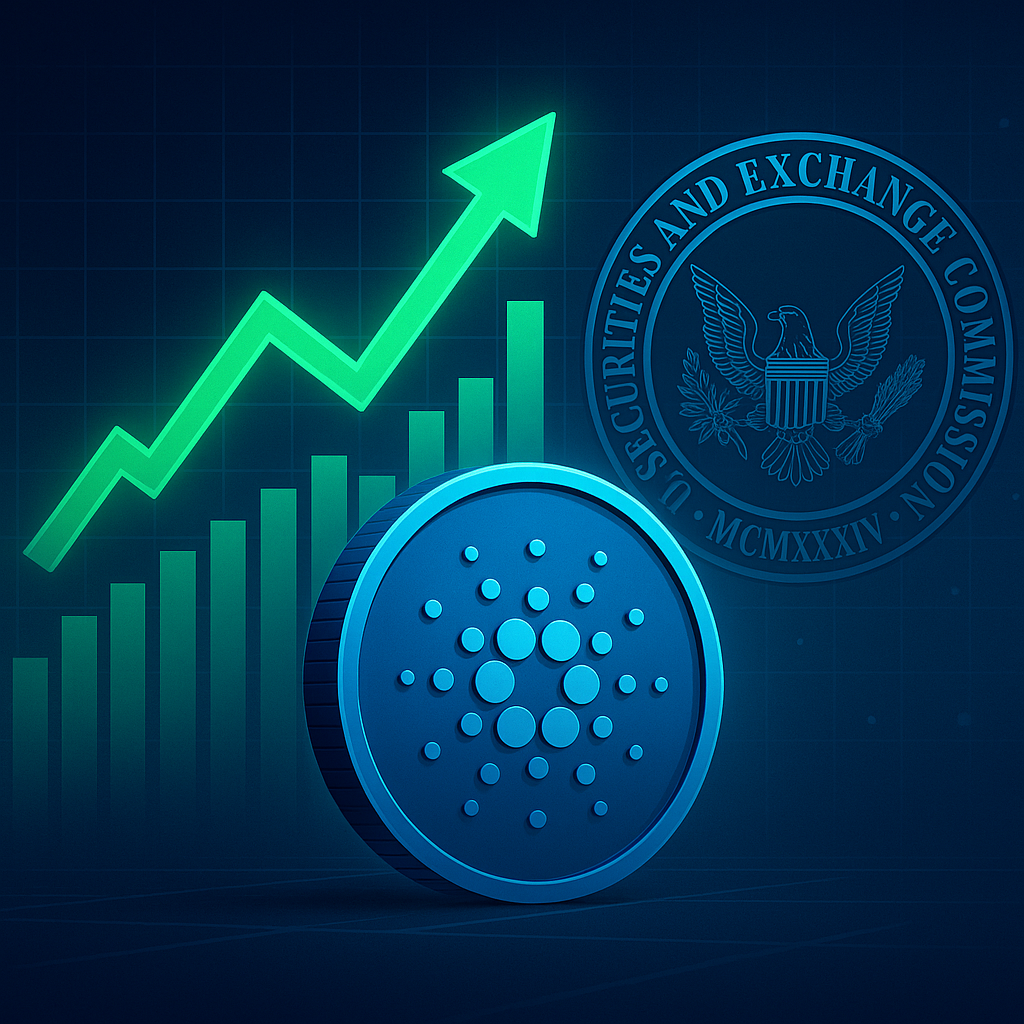Tether has officially announced its upcoming AI initiative: QVAC (QuantumVerse Automatic Computer). This decentralized platform will power AI agents directly on local devices.
CEO Paolo Ardoino confirmed that Tether plans to roll out QVAC in Q3 2025. Ahead of the full launch, the company will also release a series of QVAC-based AI applications for public use.
Tether Expands Into AI Amid Crypto-AI Resurgence
Tether, best known for issuing the world’s leading stablecoin, is entering the AI space after several months of behind-the-scenes investment. Despite recent bearish market conditions, the company has steadily advanced its AI ambitions.
As interest in crypto-powered AI reignites, Tether has stepped forward with QVAC. This platform was hinted at just weeks earlier and aims to bring decentralization to AI development, giving users and developers a way to build and run intelligent agents without relying on centralized infrastructure.
QVAC to Power Modular, Local AI Agents
Tether designed QVAC to support modular and intelligent agents that operate locally on personal devices. The platform eliminates the need for cloud-based processing, enabling all computations to happen on the user’s hardware.
Even in collaborative use cases, QVAC will promote peer-to-peer interaction between small-scale developers. It will avoid routing through centralized servers. This focus positions QVAC as a privacy-friendly and infrastructure-light alternative to mainstream AI platforms.
- Unlock exclusive rewards now with your Cbet bonus code – don’t miss out!
First QVAC-Based Apps Coming Soon
While the full technical specifications of QVAC remain under wraps, Tether has revealed that it will release the first wave of QVAC-powered apps soon. These early applications are expected to demonstrate the potential of decentralized AI in practical scenarios. However, the company has yet to disclose detailed use cases or timelines.
Competing in a Shifting AI Landscape
QVAC enters an AI landscape already undergoing transformation. Projects like China’s DeepSeek have proven that large language models (LLMs) can run efficiently on local hardware, reducing dependency on costly cloud services. Tether aims to build on this momentum by focusing on niche, task-specific agents that can operate in a similarly decentralized fashion.
What’s Next?
As Q3 2025 approaches, industry observers expect Tether to release more technical details and developer documentation during Q2. If the company delivers on its bold promises, QVAC could become a milestone project. It may help decentralize AI development and empower a new wave of open-source innovation.






